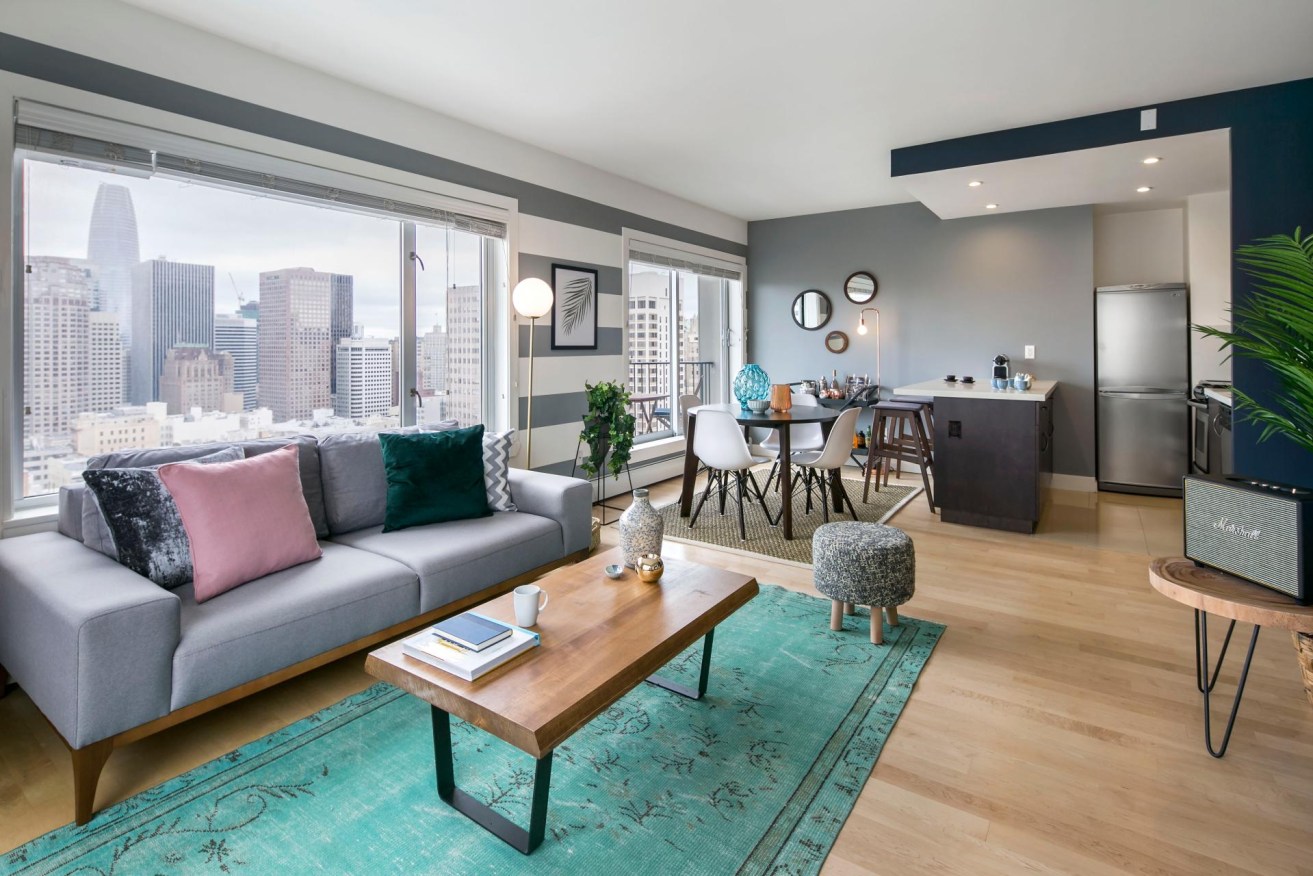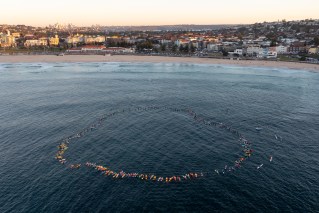The market sector that’s been left behind by property boom
Booming dwelling prices in Brisbane are already 6.5 per cent above their previous peak, but CoreLogic said there was an overlooked entry point.


Apartments prices have grown in price but remain more accessible for younger buyers. (File image).
The pandemic-inspired slump in Brisbane dwelling values lasted just four months before the market roared back.
Even then, the slump was less than 1 per cent and by October last year that had already been wiped out, according to CoreLogic.
“As with Melbourne, the recovery in the Brisbane market has been varied,” the real estate research company said.
“While house values climbed 7.6 per cent above the previous peak through March, which was reached in May of 2020, unit values remain -9.4 per cent below the record high value, which was in March 2010.
“Brisbane unit values are currently at similar levels as October 2007, reflecting a very affordable entry point to the market.”
Data from SQM Research shows a similar story. It said the “asking price” for a two-bedroom unit in Brisbane averaged $344,000 in 2009 and today it’s $375,000, a rise of just 9 per cent in 12 years. All house asking prices over that period were up 31 per cent in the city.
“The weaker conditions across the unit sector are likely due to previously high levels of unit completions keeping values subdued, particularly in the later part of the 2010s,” CoreLogic said.
“ABS dwelling completion data saw unit completions across Queensland rise 50.4 per cent in the five years to September 2020, compared with a 17.4 per cent uplift in house completions.
“However, strong internal migration flows to south-east Queensland, as well as other tailwinds for housing demand more broadly, has supported five consecutive months of growth in Brisbane unit values since November 2020.”
The combined value of Australian dwellings hit $7.9 trillion dollars over the month of March, according to CoreLogic.
“This cements residential property as an extremely large and important asset class,” the company said.
However, Ray White has a different theory. It claims the glut is largely over and the market is poised to climb.
The agency’s Inner Brisbane Apartments principal Colin Walsh said rents were rising in the inner city which meant yields were becoming very attractive.
“Our prices are still affordable and we are forecasting price rises for inner city apartments which haven’t grown in value in 10 years for a variety of reasons but mostly there were a lot of apartments built from 2015 to 2019 which have all now been taken up,” he said.
“So with limited new stock coming to market and $28 billion infrastructure projects being built such as the Brisbane Metro (light rail), Queens Wharf and Cross River Rail, demand has risen for inner city apartments.
“My business manages 540 inner city apartments and we only have six that are vacant right now. So the vacancy rate is at all time lows.
“COVID did have an effect on Brisbane city’s hotel pool and many landlords saw their guaranteed income per month fall from $2600 a month to $600, or even $200, due to fact no-one was saying in the hotels.
“But now rents are getting back to pre-COVID levels on the back of job growth and population growth. So it’s an amazing time to buy investment property as you can get around five per cent net yield plus growth.”
.












